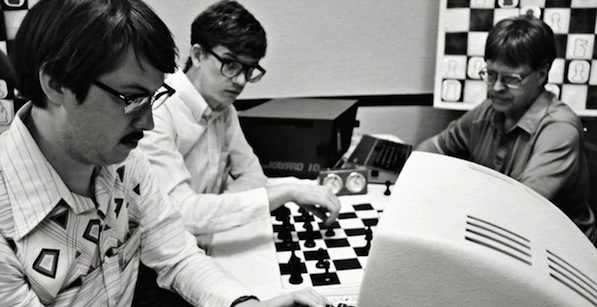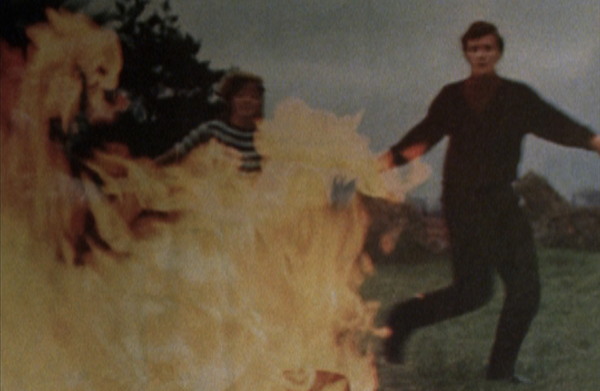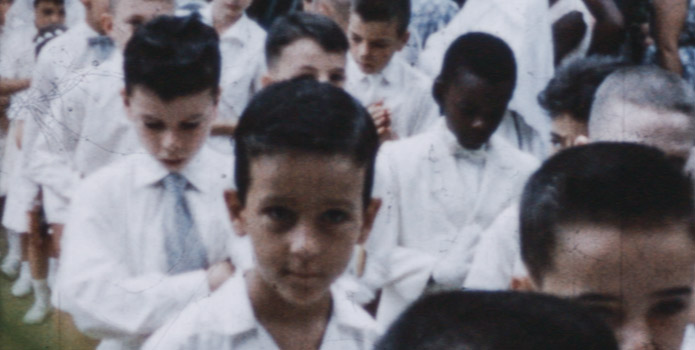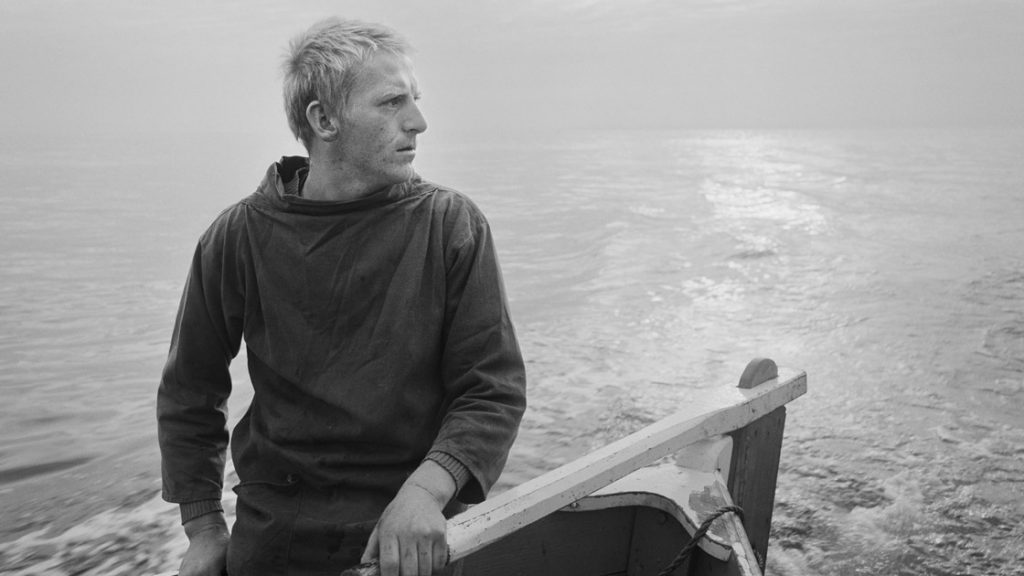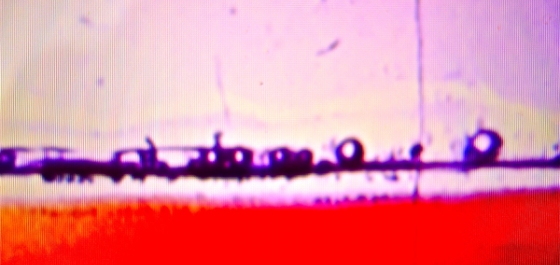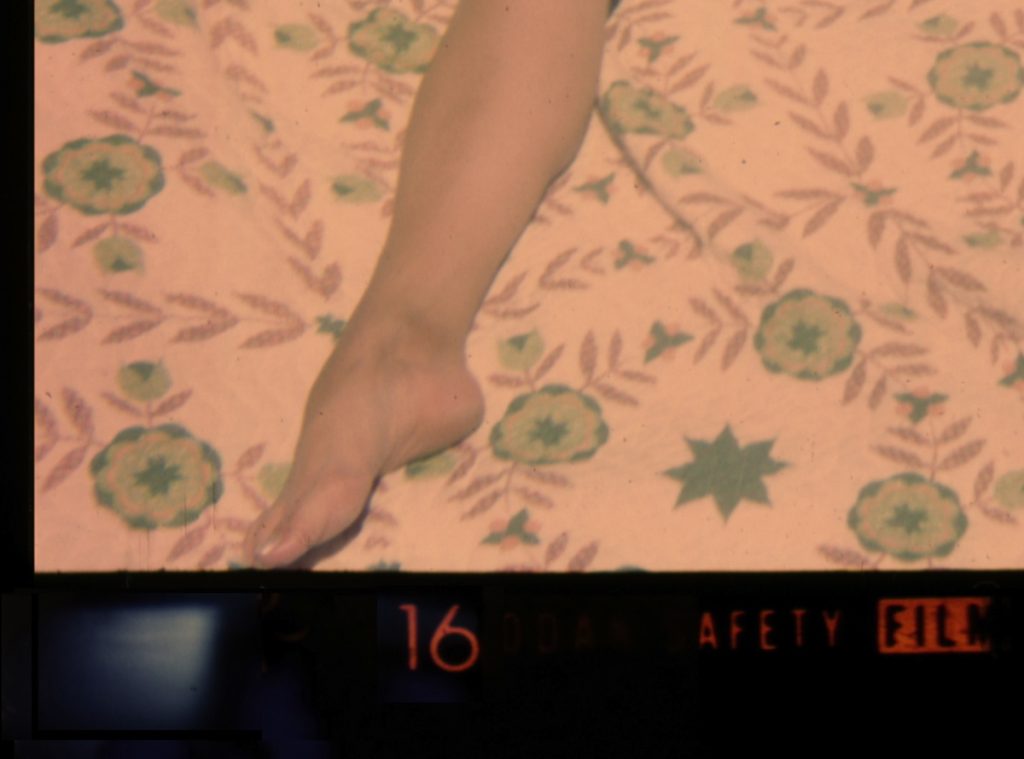More and more, the “found-footage film” label seems inadequate to summon the range of mechanisms and intentions informing different filmmakers’ excavations of the past in sound and image. As in the wider world of art, one finds that research increasingly figures as a viable practice in and of itself, with documentary often being boiled down to the document. Here, then, are ten films that revisited the audio-visual past with a spirit of ingenuity and intervention.
1. Computer Chess
What to make of Andrew Bujalski’s decision to film his terrifically original comedy using period-appropriate analog video equipment? A delight in anachronism, certainly, but one that demonstrates a refreshing willingness to think outside the box of the glossy digital cinematography characterizing so many Sundance films. Bujalski is genuinely interested in the irregularities of human relationships, and his aesthetic embrace of the unabashed wonkiness of the early computer programmers is altogether winning.
2. The Last of the Unjust
Claude Lanzmann’s decision to showcase material from the propaganda films produced at the Theresienstadt “show camp” made for a notable departure from his earlier disavowal of archival footage. The footage is labeled “Nazi propaganda” for the entirety of its brief screen time in The Last of the Unjust, and yet if we take Benjamin Murmelstein’s extraordinary testimony at face value these images represent not only a perversion of reality on the part of the Nazis but also a survival tactic on the part of the Jews detained in the camp. Mark Lilla recently complained in The New York Review of Books that Lanzmann “weirdly keeps the camera focused on himself for the first half-hour,” and yet this present-day footage of Lanzmann wandering Lear-like through the ruins of destruction, the shadow of his former crusading self, is essential to the film’s double portraiture. If Shoah exemplified the complex dynamics of the act of testimony, this coda film exists in its lingering reverberations.
3. Los Angeles Red Squad: The Communist Situation in California
Travis Wilkerson’s archaeological excavation of Red Hynes’s union-busting police squad in 1920s and 1930s Los Angeles is equal parts police procedural and historical intervention. In his rigorous re-presenting of a forgotten historical moment—centering on the treatment of landscape as palimpsest and the dry recitation of the historical record—Wilkerson takes a page from Walter Benjamin’s “Theses on the Philosophy of History”: “Every image of the past that is not recognized by the present as one of its own concerns threatens to disappear irretrievably.”
4. The Missing Picture and 5. Golden Slumbers
“A picture can be stolen, a thought cannot,” muses the voiceover of Rithy Panh’s recent film—a credo for these two moving contemplations of the ruins left in Pol Pot’s wake. Panh was a co-producer on Davy Chou’s documentary portrait of the vibrant Cambodian film culture disappeared by the Khmer Rouge. Many of the original films now only exist as soundtracks or in the memory of actors and cinephiles, but Chou’s film uses this absence as an elegant structuring device. In Panh’s layered autobiographical account of the same period, archival footage is framed within the handmade clay figurines and intricate dioramas, existing within a fabricated space of memory rather than defining that space. Panh’s film acknowledges the irrevocable blind spots left by the Khmer Rouge while testifying to the urgent necessity of recreation.
6. Phantoms of a Libertine
Not from 2013, but Ben Rivers’ gleaming collage of a late artist friend’s private cut-outs and notes-to-self improved on a second viewing. Redolent of the peculiar humor and air of mystery that clings to archival materials, the film is a perfect expression of Rivers’ everyday surrealism and a mordant reminder of the fugitive remains left of a once inhabited inner-life.
7. Redemption (Miguel Gomes, Portugal/France/German/Italy)
Miguel Gomes’s polyphonous found-footage short escapes summary thinking after a single viewing, but suffice to say that its overlay of four imagined histories—composed as letters read over the voiceover—with a montage of industrial film, home movies, and narrative productions is utterly dazzling. The vicissitudes of nostalgia and European union are handled with the lightest possible touch.
8. Skinningrove
A poignant encounter with photographer Chris Killip as he lingers over a series of unpublished black-and-white prints from a distance of thirty years. Perhaps the film also doubles as a tribute to Chris Marker, extending Michael Almereyda’s earlier praise for the “engaging, amateurish simplicity” of the French auteur’s “unorthodox slide lectures.”
9. Splices for Sharits (Joseph Bernard, US)
Not a found-footage film by any conventional definition, but a sublime instance of re-photography all the same. Joseph Bernard’s 1980 short screened in a 16mm blowup at the Ann Arbor Film Festival where it provided a welcome injection of materialist magic. The film sequences four movements of re-photographed cement splices; by recasting the “wrong” part of the image of this way Bernard uncovers a wild array of colors and stray marks anchored by the frame line’s straightedge. If the composition evokes the basic elements of landscape, the editing is pure music: from the luxuriant adagio of slow dissolves to the electrifying staccato of a rapid montage.
10. Suitcase of Love and Shame
“Suitcase of Love and Shame” was the eBay seller’s name for the cache of early 1960s reel-to-reel audiotape that provided the raw material for Jane Gillooly’s carefully portioned film. The tapes convey an adulterous love affair (the lovers posted them back and forth as voicemail avant la lettre), offering an unusually direct line into the fantasies and anxieties ruling the midcentury American erotic imagination. In the visual absence of the speakers, Gillooly emphasizes the vintage recording devices by which they carried out their romance: a fetishistic transference that points to the film’s very contemporary concern with the technological construction of privacy and the self.
For the complete list of year-end lists on Keyframe, go to The Year in Film: 2013.
For the complete index of the films on these lists, go to 2013 Year in Review: Indexed.

